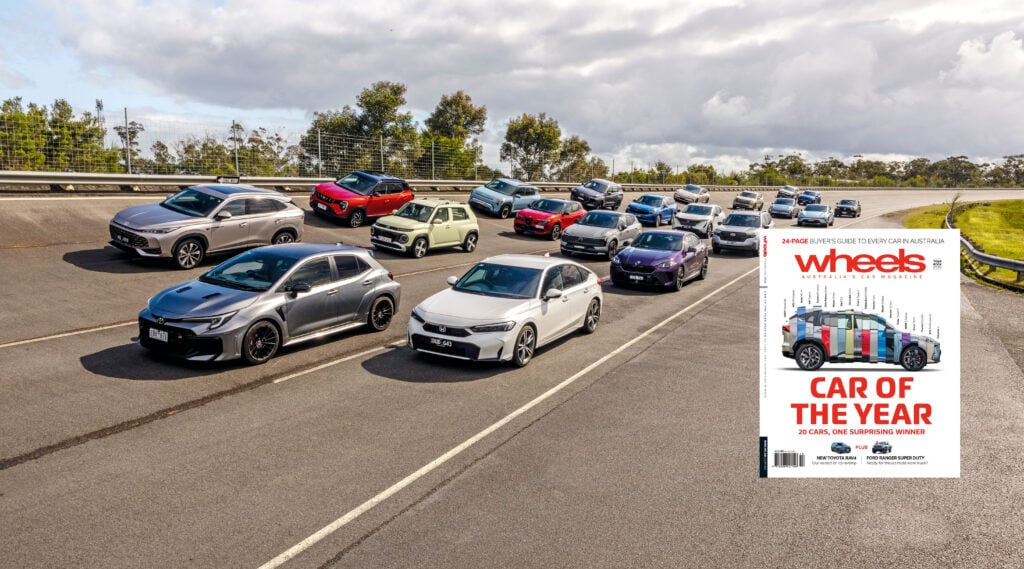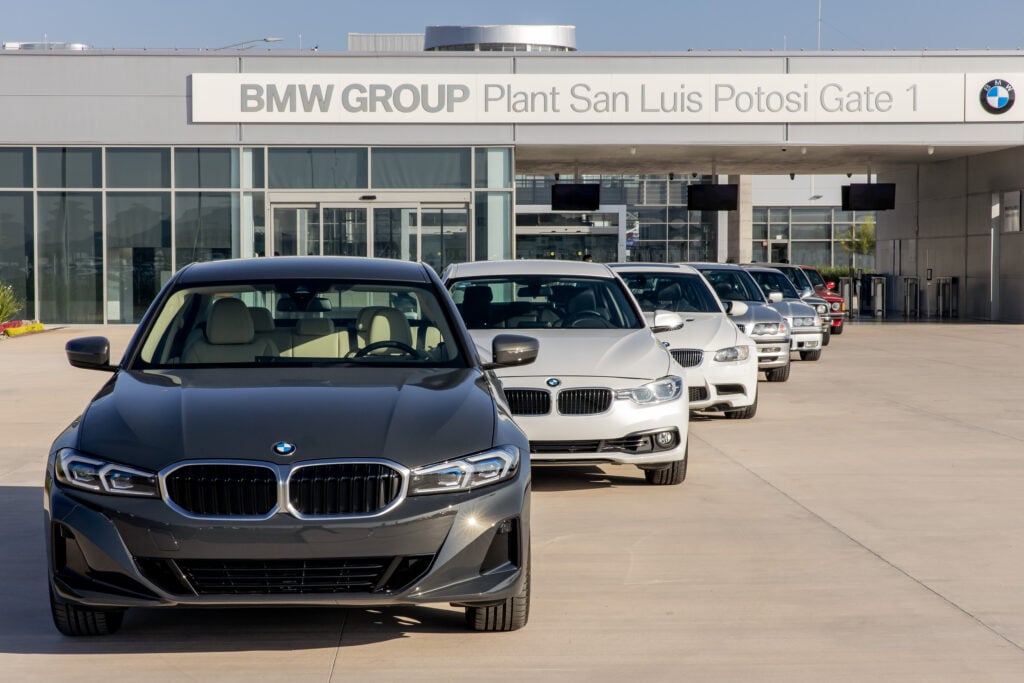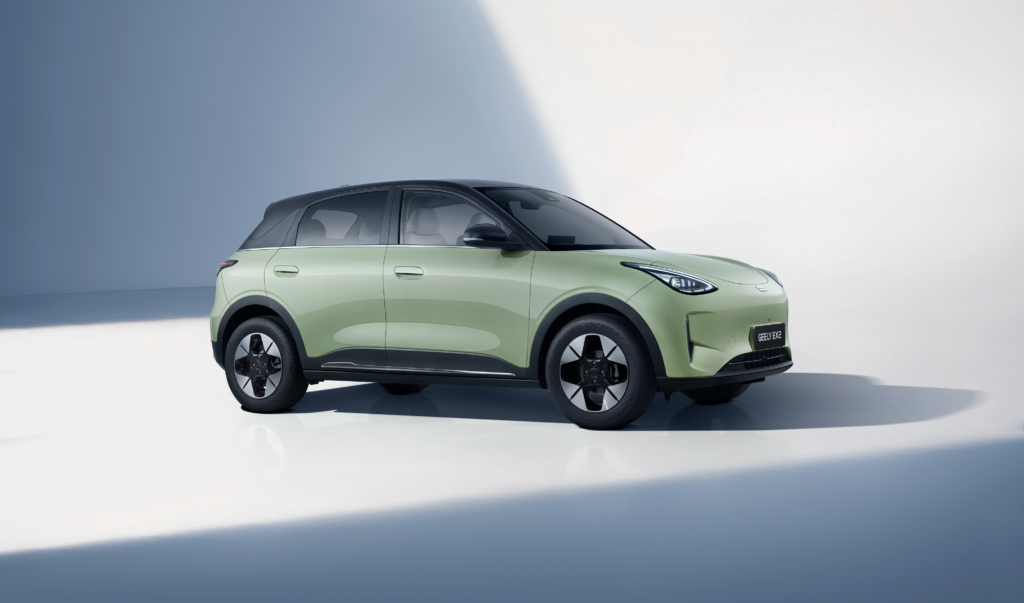
Arguably the chief gripe of those who deride the whole idea of electric vehicles is that the batteries which power them are both exorbitantly expensive and unreliable.
While the truth of either reservation is increasingly debatable, what is true is that it’s very important for an EV owner to know the best ways to look after the battery because failing to do so can both reduce your range on a single charge and, ultimately, your vehicle’s value. Most EVs now use lithium-ion batteries, which lose capacity over the course of their lives and can be expensive to replace. Read on for some tips on how to treat your EV’s battery with some care…
Limit use of rapid chargers: On the face of it charging the vehicle as fast as possible is an appealing idea in these time-poor times, but it’s best not to do this on a regular basis. DC fast chargers are useful when you have limited time to charge, but standard AC chargers are better for your battery’s performance and longevity.
DC fast charging above 22kW puts a strain on your EV battery, resulting in it degrading quicker over time, decreasing your car’s range and putting you in the frame for an expensive battery replacement sooner rather than later.

Keep the battery charged between 20% and 80%: One reason that batteries in the mobile phones we carry around with us last only a few years is that they are constantly being pushed to their maximum capacity through repetitive charging then draining – it’s actually one of the worst things you can do to lithium batteries because of battery degradation.
Because these vehicles are expected to last far longer than a smartphone, charging only to 80 percent is a great option to maximise battery life. This will also allow for regenerative braking to be added to the battery. On the flip side, letting the battery fall below 20 percent regularly will result in the battery performance dropping over time, increasing range anxiety.
Minimise exposure to extreme temperatures: Exposing a vehicle to extreme hot or cold temperatures over a prolonged period is never a great idea, but when you’re dealing with an EV, those extremities can shorten the battery pack’s lifespan.
It’s true that EVs have a thermal management system to help with temperature, but it’s best not to work the system too hard. In our hot and sunny Australian climate, try and park in the shade so that the thermal management system isn’t running all day trying to cool the battery down.
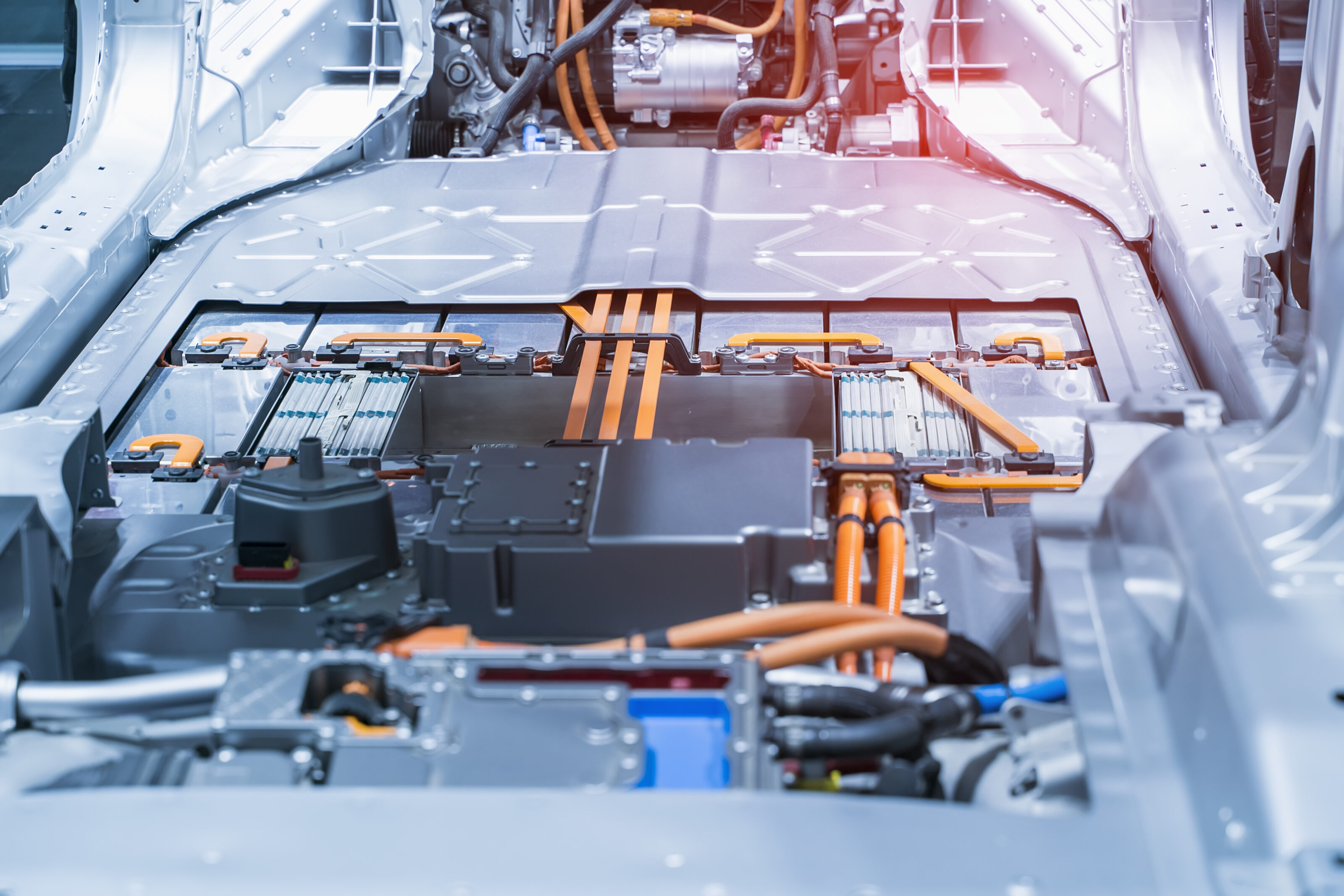
Allow the battery to cool before charging: Let your EV cool before you start charging it. If your EV has a battery pre-conditioning feature, it’s always best to use that before charging – especially rapid charging – to best prepare the battery for the surge of power. That way, the car can cool the battery to optimum temperature to avoid battery damage and facilitate a quicker re-charge.
Ideally, you should charge your car at the coolest time of day to take care of the battery. Perhaps consider a smart EV charger, which can be set to charge when the temperature is at its most moderate.
Don’t charge every single night: If you can, avoid charging your electric car’s battery every day because frequent charging cycles from zero to 100 per cent can cause the battery to degrade, especially if you use rapid chargers often.
Instead, only charge when needed, from minimum 20 percent, for example. Of course, that’s not always feasible but not charging every day will maintain the battery’s life for longer.
Trying to adhere to the above general rules will ensure that your EV’s battery will last as long as possible. But if it needs replacement, what warranty covers batteries?
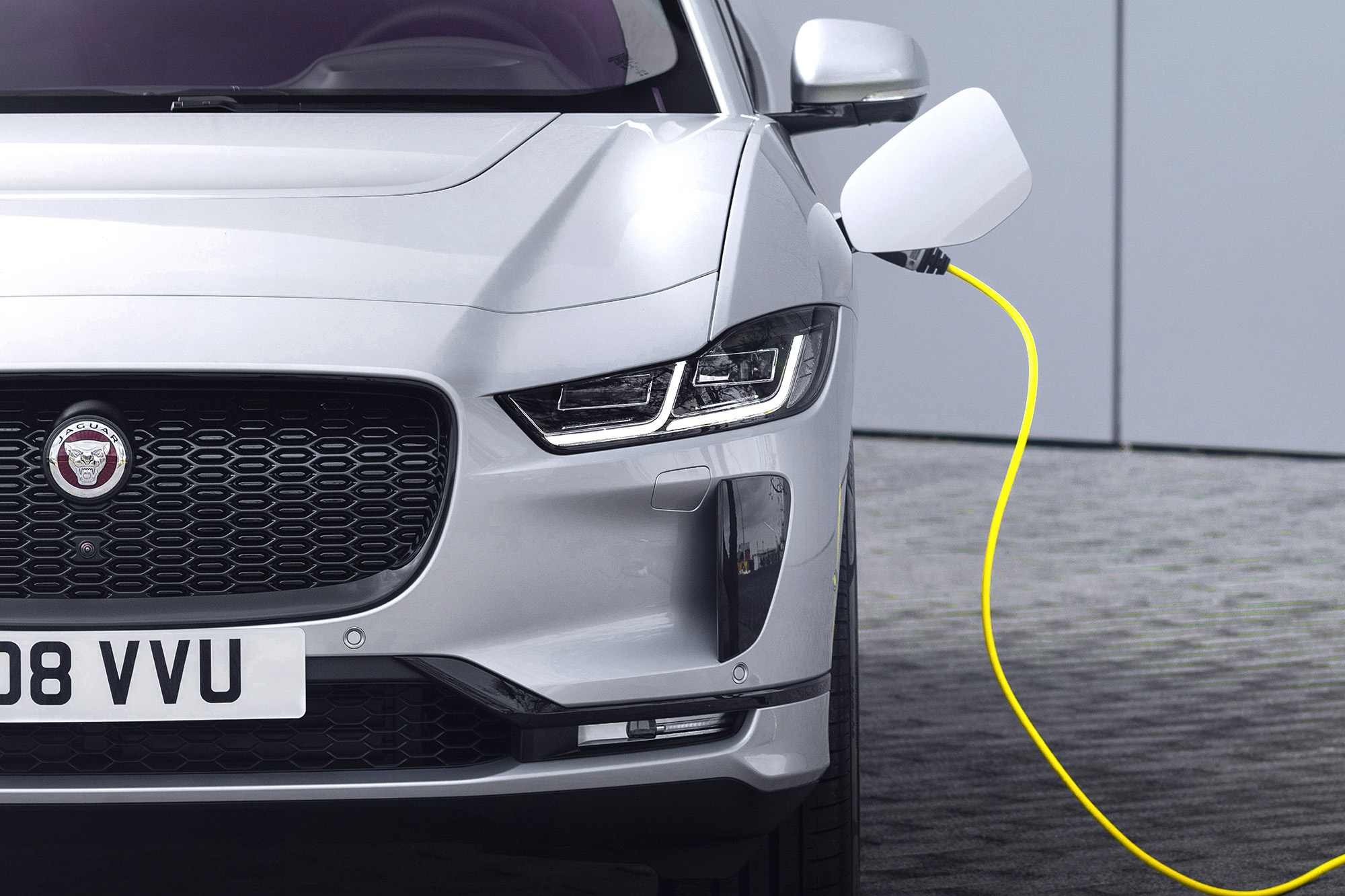
Warranties and replacements: The general EV battery warranty – not to be confused with the 12-volt unit – across all manufacturers in Australia is eight years or 160,000km (whichever comes first). Depending on the manufacturer, that warranty generally covers the battery to 70 percent capacity and is transferable if sold to another owner.
Some brands offer higher coverage, such as MG, which covers its new cars with a 10-year/250,000km warranty, while Toyota will cover its batteries for 10 years if an annual battery health check is performed at a Toyota dealership.
If the battery does fail outside of warranty, how much will it cost to replace? According to research by Recurrent in 2023, the rate of battery failure in EVs is just 1.5 percent out of 15,000 cars surveyed, and that was improving, but if a replacement is needed the cost depends on the car, the battery size and the battery type.
Since the original mass market EVs in 2012 – like the Nissan Leaf and Mitsubishi I-Miev – lithium-ion battery prices have fallen sharply from over US$400/kWh to US$111/kWh or AU$177/kWh (at the end of 2024), though LFP cells made by CATL and BYD were seen as low as $56/kWh.
Using the industry average battery size of around 80kWh, the approximate cost to replace the battery – plus labour and other fees – is approximately AU$14,200 in early 2025. While that’s not a small amount, it’s significantly less expensive than in 2012 where a replacement of the same size would have cost over $50,000.
Considering the cost of replacement, it’s worthwhile to follow some of the tips above to enhance your EV’s battery life, preserve its range and keep your EV’s value as high as possible. In reality, batteries covered by long warranties in Australia are lasting longer than expected and replacement costs have been coming down significantly. All of which adds up to a potentially easier ownership experience for EV buyers in the future.



